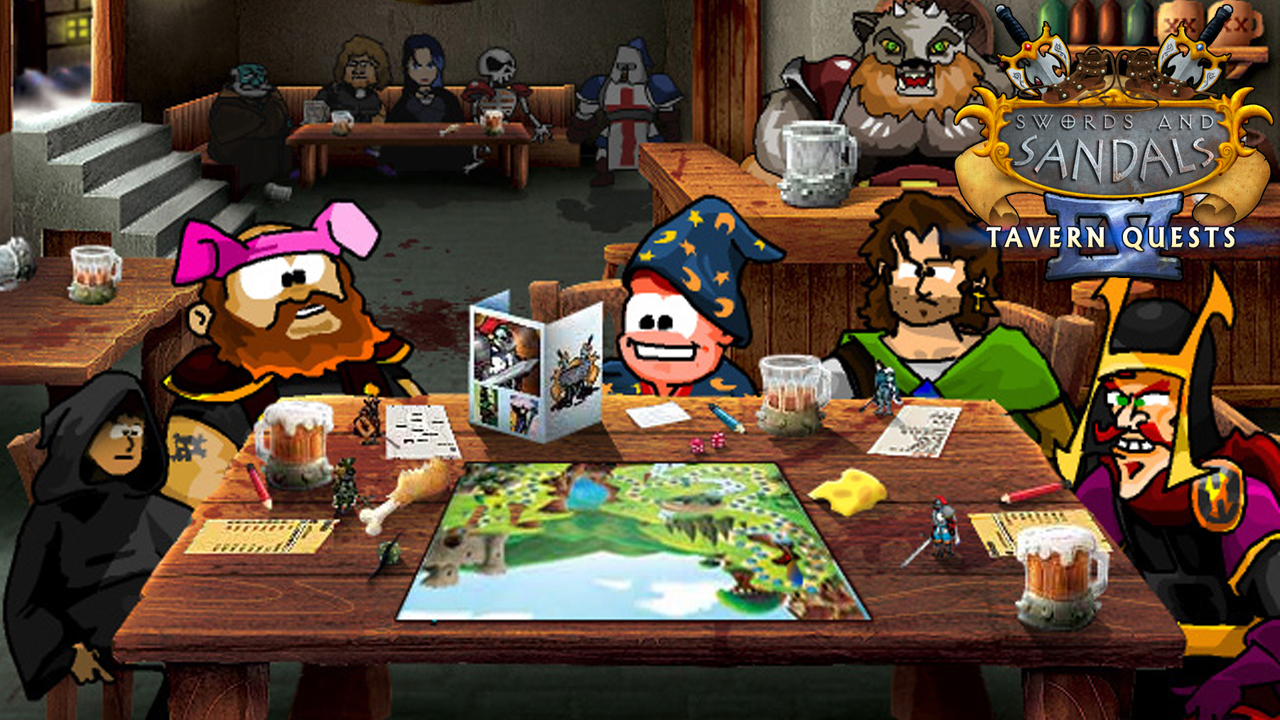
The genre of the martial or military romance also developed during the Tang dynasty. During the Song dynasty (960–1279), similar stories circulated in the huaben, short works that were once thought to have served as prompt-books for shuochang (traditional Chinese storytelling). They featured fantasies and isolated protagonists – usually loners – who performed daring heroic deeds. Stories from that era, such as Nie Yinniang (聶隱娘), The Kunlun Slave, Thirteenth Madame Jing ( 荊十三娘), Red String (紅線) and The Bearded Warrior (虬髯客), served as prototypes for modern wuxia stories. Xiake stories made a turning point in the Tang dynasty (618–907) and returned in the form of chuanqi (傳奇 literally "legendary tales"). These popular phenomena were also documented in other historical records such as the Book of Han and the Book of the Later Han. In Volume 124 of the Shi Ji, Sima Qian detailed several embryonic features of xia culture from his period. They usually rendered their loyalties and services to feudal lords and nobles in return for rewards such as riches and women. : 17–19 These assassins were known as cike (刺客 literally "stabbing guests"). In Volume 86 of the Records of the Grand Historian ( Shi Ji), Sima Qian mentioned five notable assassins – Cao Mo, Zhuan Zhu, Yu Rang, Nie Zheng and Jing Ke – in the Warring States period who undertook tasks of conducting political assassinations of aristocrats and nobles. Some well-known stories include Zhuan Zhu's assassination of King Liao of Wu, and most notably, Jing Ke's attempt on the life of the King of Qin (who later became Qin Shi Huang). The Legalist philosopher Han Fei spoke disparagingly of youxias in his book Han Feizi in the chapter On Five 'Maggot' Classes about five social classes in the Spring and Autumn period. Wuxia stories have their roots in some early youxia tales from 300–200 BCE.

History Earlier precedents Įven though the term "wuxia" as the name of a genre is a recent coinage, stories about xia date back more than 2,000 years. Chinese xia traditions can be compared to martial codes from other cultures, such as the Japanese samurai bushidō.
#SWORDS AND SANDALS CLASSIC COLLECTION SAVE CORRUPTION CODE#
A code of chivalry usually requires wuxia heroes to right and redress wrongs, fight for righteousness, remove oppressors, and bring retribution for past misdeeds. They often originate from the lower social classes of ancient Chinese society. The heroes in wuxia fiction typically do not serve a lord, wield military power, or belong to the aristocratic class.


In some translations, the martial artist is referred to as a "swordsman" or "swordswoman" even though they may not necessarily wield a sword. A martial artist who follows the code of xia is often referred to as a xiákè ( 俠客, literally "follower of xia") or yóuxiá ( 遊俠, literally "wandering xia"). The word " wǔxiá" is a compound composed of the elements wǔ ( 武, literally "martial", "military", or "armed") and xiá ( 俠, literally "chivalrous", " vigilante" or "hero").

It forms part of popular culture in many Chinese-speaking communities around the world. Although wuxia is traditionally a form of fantasy literature, its popularity has caused it to be adapted for such diverse art forms as Chinese opera, manhua, television dramas, films, and video games. Wuxia ( 武俠 ), which literally means "martial heroes", is a genre of Chinese fiction concerning the adventures of martial artists in ancient China.


 0 kommentar(er)
0 kommentar(er)
